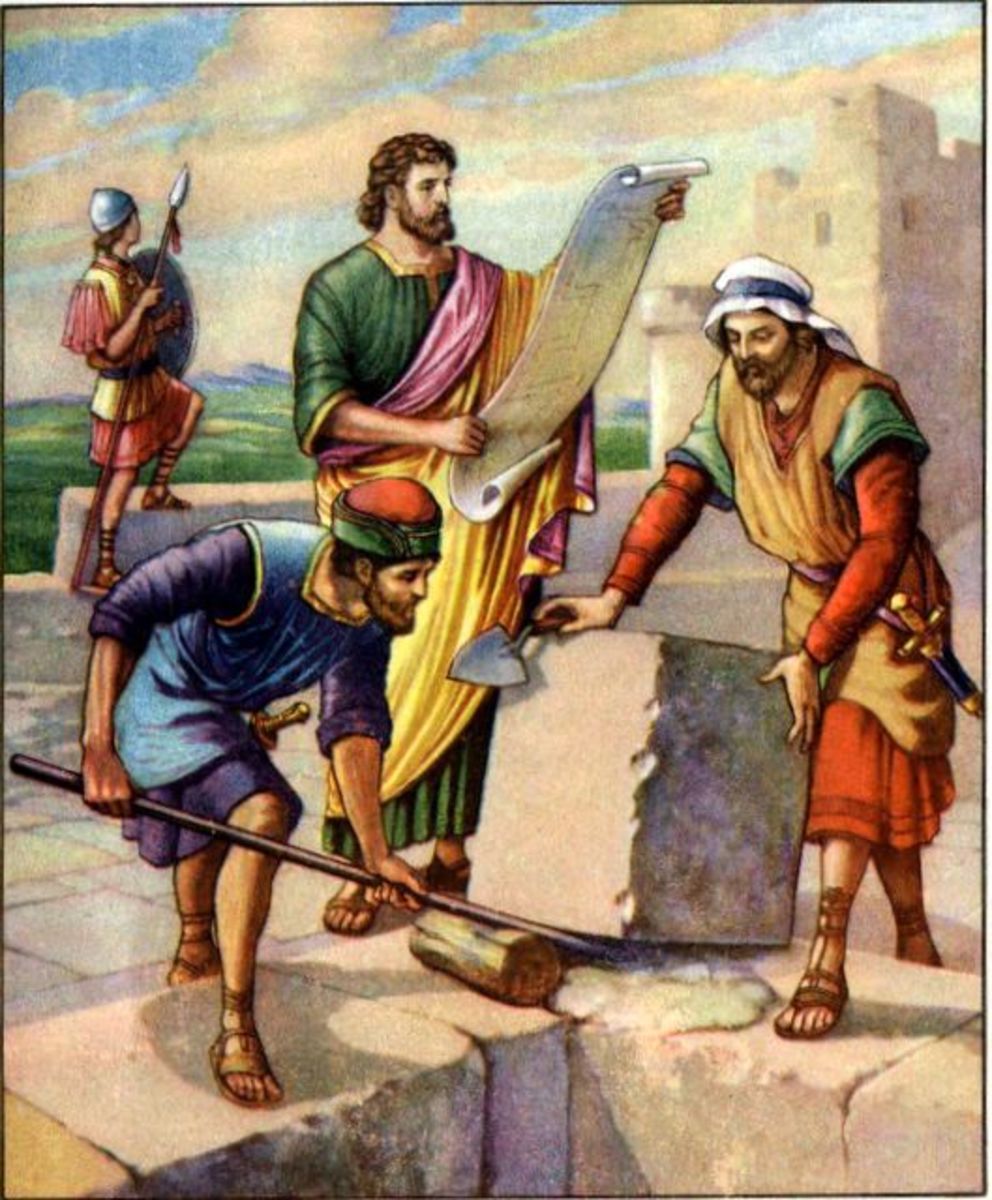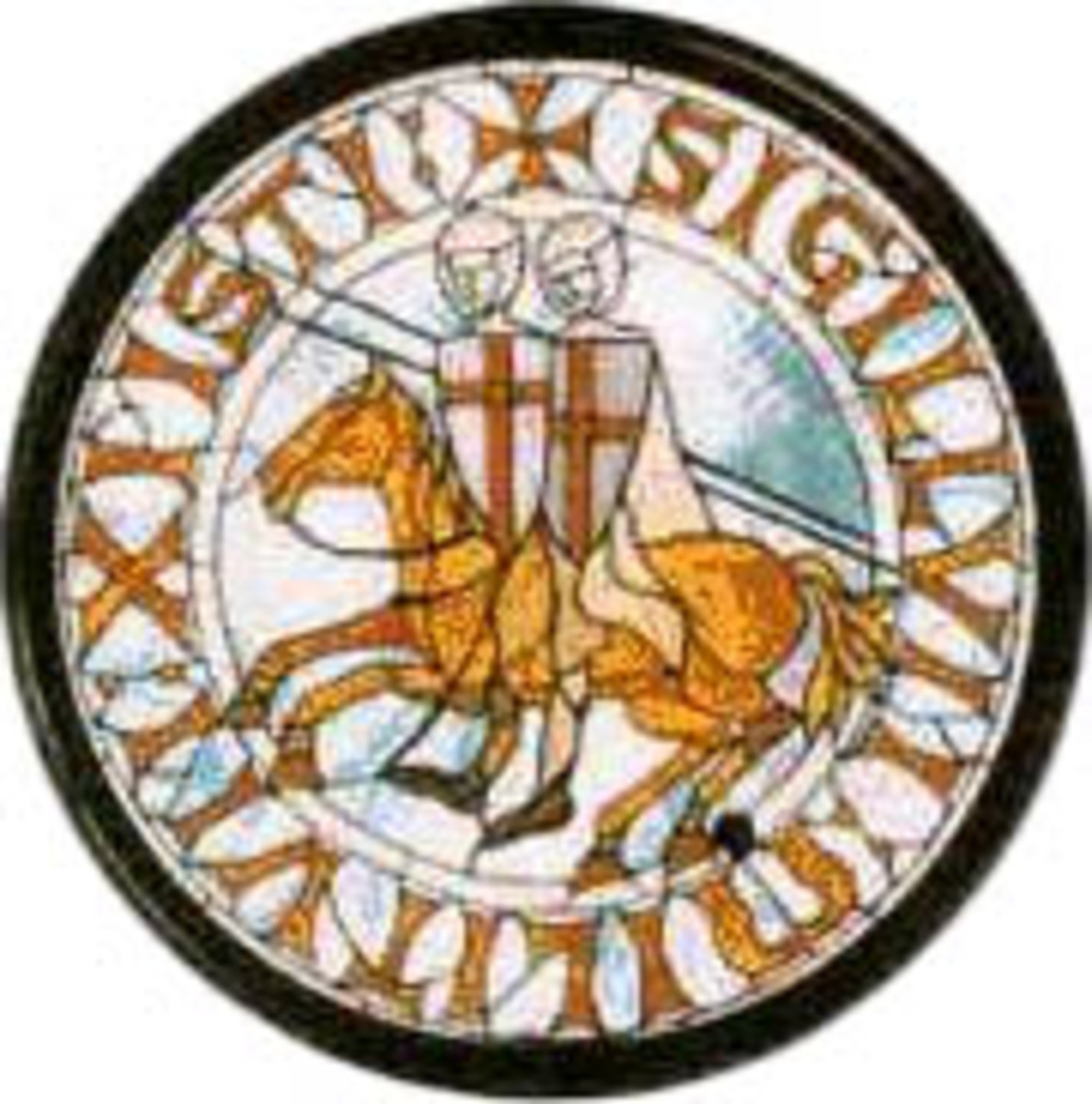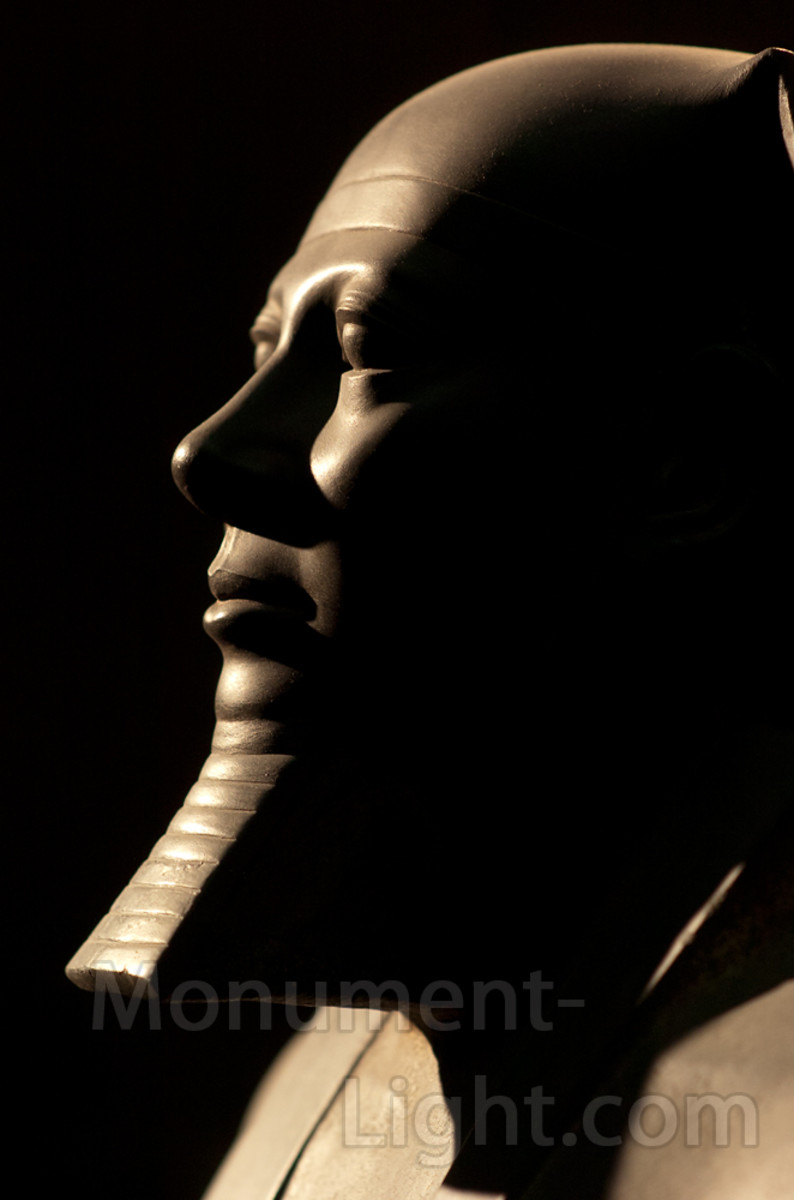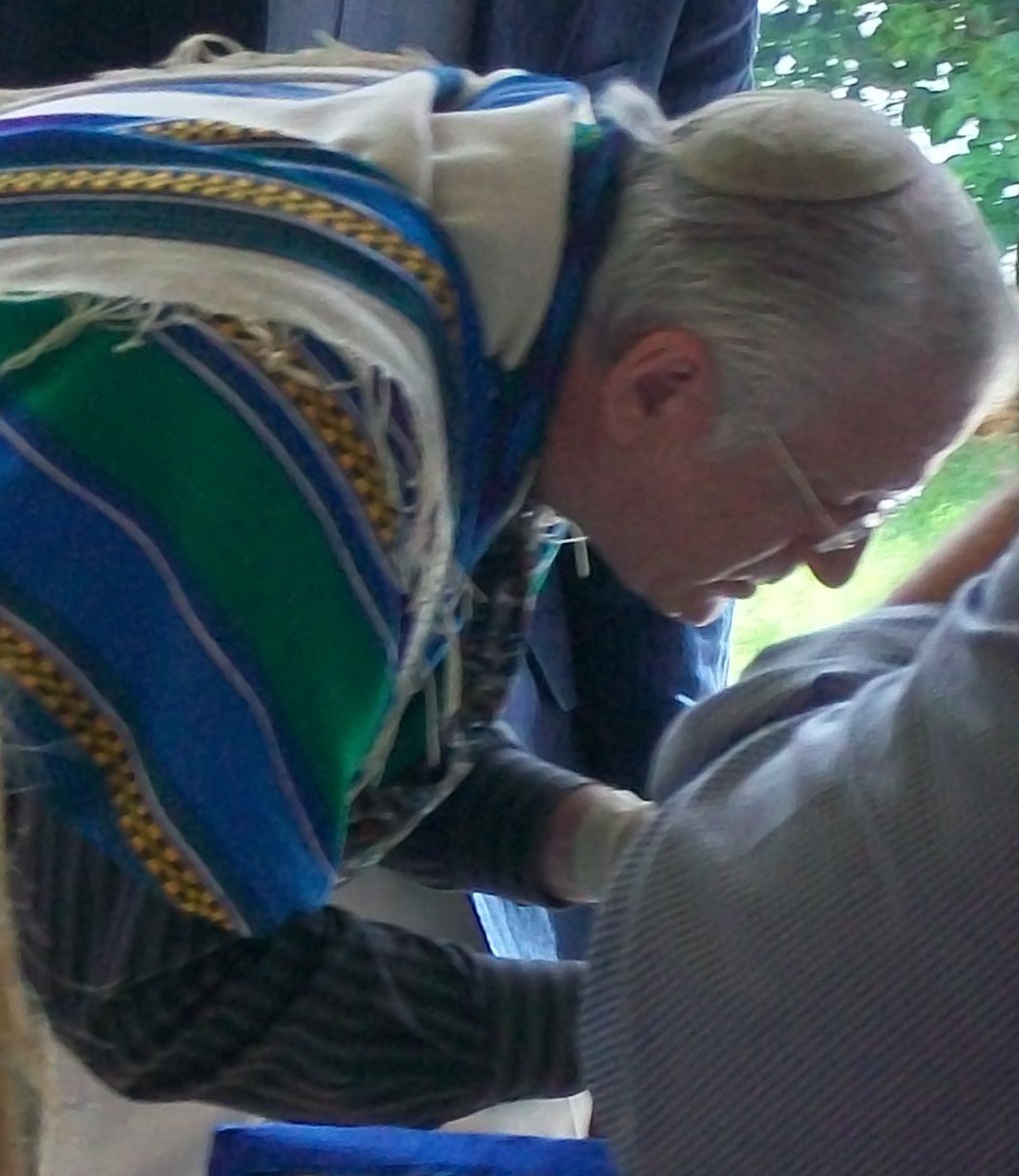A history of the Jewish Temple
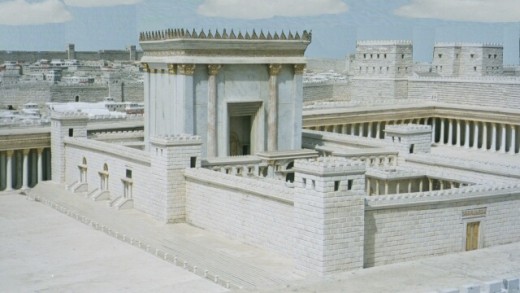
After the Israelites midnight escape from Egypt and the Pharaoh, God led them safely into the desert. It was here that God gave Moses the 10 commandments and the laws that would set his people apart from the rest of the world. There was purpose and meaning in everything, and all of it was a picture of the Savior that would one day come to save their souls. God’s instructions included a blueprint for the Tabernacle. This was a tent that would serve as God’s “home” among His people and a place for them to worship Him. It was carried with the people wherever they went on their way to the land he had promised them.
Many generations later, after the Israelites were well settled in their new land, David became their king. It bothered him that he, the king, lived in luxury but God’s dwelling among them was still in a tent. It broke his heart to see the contrast. He asked God for permission to build a grand and luxurious temple to serve as His home on earth. God denied his request, for David was a man of war with bloodshed on his hands. Instead, God promised peace during the reign of David’s son, Solomon. Solomon would be the one chosen to build the temple. King David purchased the land and began to gather the materials needed for the job.
King Solomon was a man of great wisdom and wealth. As God had promised, he was also a man of peace. As his father, David had instructed, he built the Temple for the LORD* in Jerusalem. It took him seven years to complete it and it was magnificent. The interior was entirely paneled with exotic wood carved elaborately with palm trees, cherubim and open flowers. The whole interior was overlaid with pure gold. Its beauty was breathtaking. People came from near and far to behold the majestic temple of the Lord.
After Solomon’s death, the kingdom of Israel was divided in two, Israel in the north and Judah in the south. With the division, both kingdoms turned to idolatry and forgot about their God. Solomon’s son, Rehoboam was king of Judah, where the temple was located. Because of his rebellion, God sent the king of Egypt to attack Jerusalem. The king of Egypt took all the treasures out of the temple and the palace. (2 Chronicles 12:9) This began the downfall of the temple. Over the next 400 years, the temple went through several periods of abuse and rebuilding. Finally the Assyrian king, Nebuchadnezzar burnt it to the ground and exiled all the Jews to Babylonia. (Jeremiah 52)
After 70 years of captivity, Cyrus, the king of Persia allowed the Jews to return to their land and rebuild their temple. He gave back all the items King Nebuchadnezzar had taken out of Solomon’s temple and instructed his people provide the Jews with gold, silver and offerings for the new temple in Jerusalem. (Ezra 1) Rebuilding the temple was a long and difficult job. Once the foundation was laid, and many rejoiced at the progress. However, the older Jews who remembered the majesty of the original looked at the new foundation and wept at the contrast. The surrounding nations didn’t want to see it rebuilt and did everything they could to keep the work from continuing, at times forcing the work to a complete stop. As a result, the people had to work in fear and discouragement. It took the Jews over twenty years to rebuild their temple. When it was finally finished, it served the Jews well for another 400 years.
In 167 BC, in an attempt to force Greek culture on the Jews and put an end to their religion, the Syrian king Antiochus Epiphanes, desecrated the temple. He dedicated it to Zeus and commanded everyone to worship Zeus or die. He then sacrificed a pig on the alter and sprinkled the temple with water that had been used to boil human flesh. Within 3 days he murdered over 40,000 Jews and sold another 40,000 into slavery. This sparked the anger that led to the Maccabean revolt, guerilla war against Antiochus and the Jews who had embraced the Greek lifestyle. The Maccabees made it to Jerusalem where they cleansed and rededicated the temple. At the death of Antiochus, a compromise was made offering the Jews religious freedom for political support.
In an effort to gain the support of the Jews, Herod the great began to renovate the temple in 20BC. He desired to achieve immortality through architecture and the Jewish temple was to be his crowning achievement. It took 80 years to completely finish the renovations but it was beautiful and majestic. Worship continued at the temple throughout the entire rebuild. Unfortunately less than a decade after it was finished, it was destroyed. The Roman emperor-to-be Titus, conquered Jerusalem and attacked the temple walls with battering rams. The remaining walls caught on fire by a soldier with a burning torch. The fire burned out of control and in the end nothing was left standing. Ironically, the destruction occurred on the same day that the Babylonians had burned it to the ground 657 years earlier.
The temple has not been rebuilt. Today the Muslim shrine, called the Dome of the Rock stands on the site. The only part of the area that the Jews still have access to is called the Wailing Wall, which is believed to be a section of the western wall of the second temple. The Jews await and prepare for the day when the Third temple will be built.
Thank you, this concludes chapter 2. Click to go on to chapter 3 and Meet Nicodemus.
*note- when we see LORD in all capital letters in the Old Testament, it indicates the formal or proper name of God, YHVH is being used. From this we get the name Jehovah. It means self existing one. He has no beginning or end, needs nothing to sustain Him. It is a name demonstrating his power and complete sovereignty.



